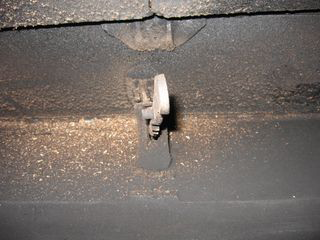
I have stuck fireplace dampers, they appear to be rusted shut and they are drafty.
Stuck Fireplace Dampers
Q: Jason, I have two fireplaces in my house and would never use them because fireplaces are a MAJOR SOURCE OF POLLUTION AND SHOULD BE BANNED!
Anyway, the top fireplace was used by previous owners and the damper is in pretty good condition. The bottom damper wasn’t used much and ironically the damper is warped a bit and also rusted so that I can’t open it. How can I use a Chimney Balloon in this application? – BT
A: Dear BT, Because of the acids and moisture in Chimneys it is very common to find rust and corrosion on the damper like you found in your lower Chimney. It is also very common to find a warped and rusty damper even after little use. That is part of the reason that dampers are made so loose fitting. The heating and cooling process causes this to occur in almost any damper situation.
It is possible to install a Chimney Balloon below the damper as long as the walls are parallel and the Chimney Balloon has a point of contact on all sides and the damper hardware does not interfere. Otherwise, above the damper is the best location. – Jason
Note: In this particular situation we found some WD40 and persistence can loosen a stuck damper. Once the damper was open we got a measurement of the smoke chamber above the damper and got a Chimney Balloon to fit that area.
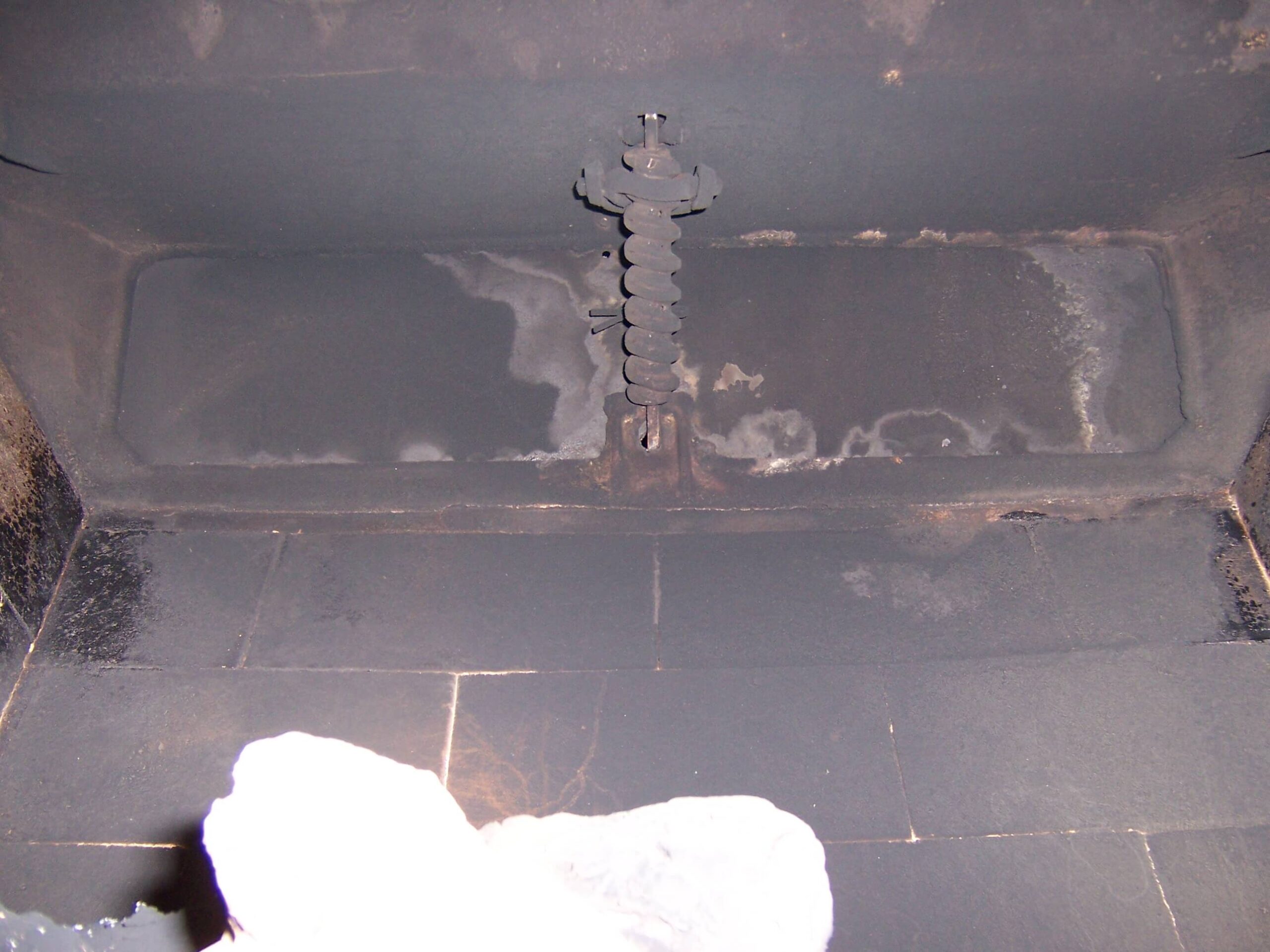
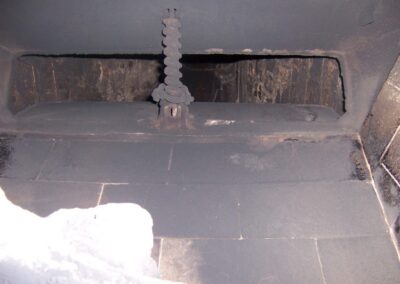
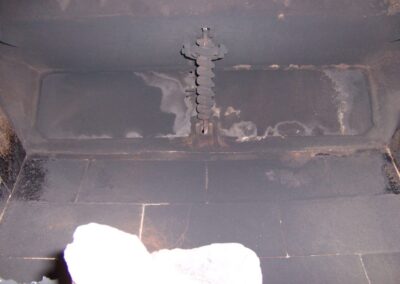
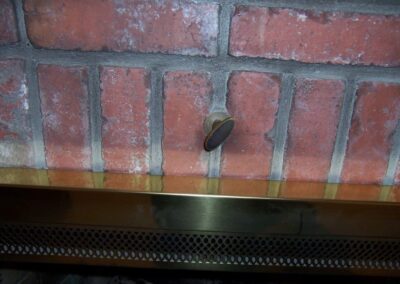
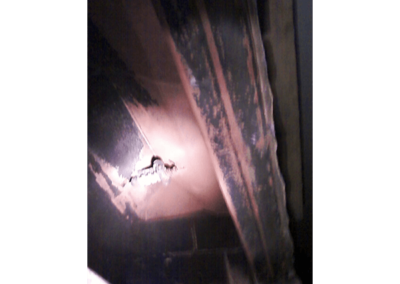
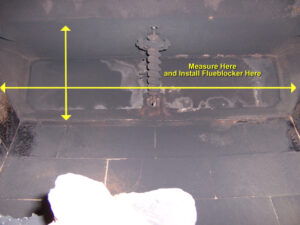 The Flueblocker is the best solution for this application, since the damper hardware below the damper door is not protruding down into the firebox. Here is how a Flueblocker is installed:
The Flueblocker is the best solution for this application, since the damper hardware below the damper door is not protruding down into the firebox. Here is how a Flueblocker is installed: